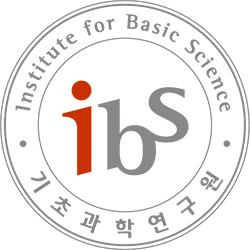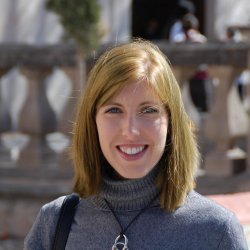Excess Mortality, Two Lenses : Healthcare Access and Cross-National Time Trends – Daeil Jang
Abstract Background : Excess mortality captures both the direct and indirect impacts of the pandemic. We examine (1) within-country heterogeneity by healthcare access over distinct viral waves in Korea, and (2) cross-country associations between excess mortality and preparedness (Global Health Security, GHS), stratified by IMF development stage. Methods : Study 1 assembled a region-level panel …





